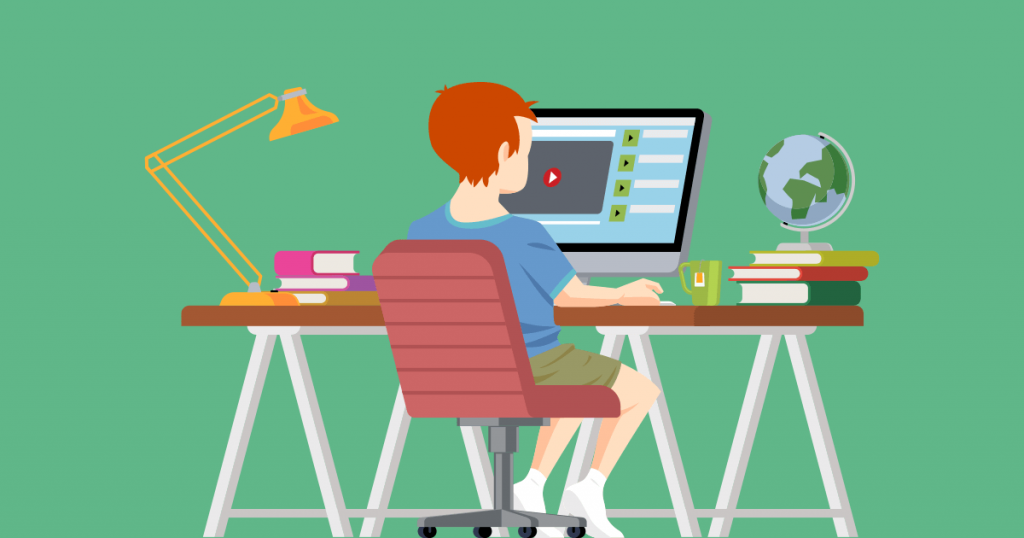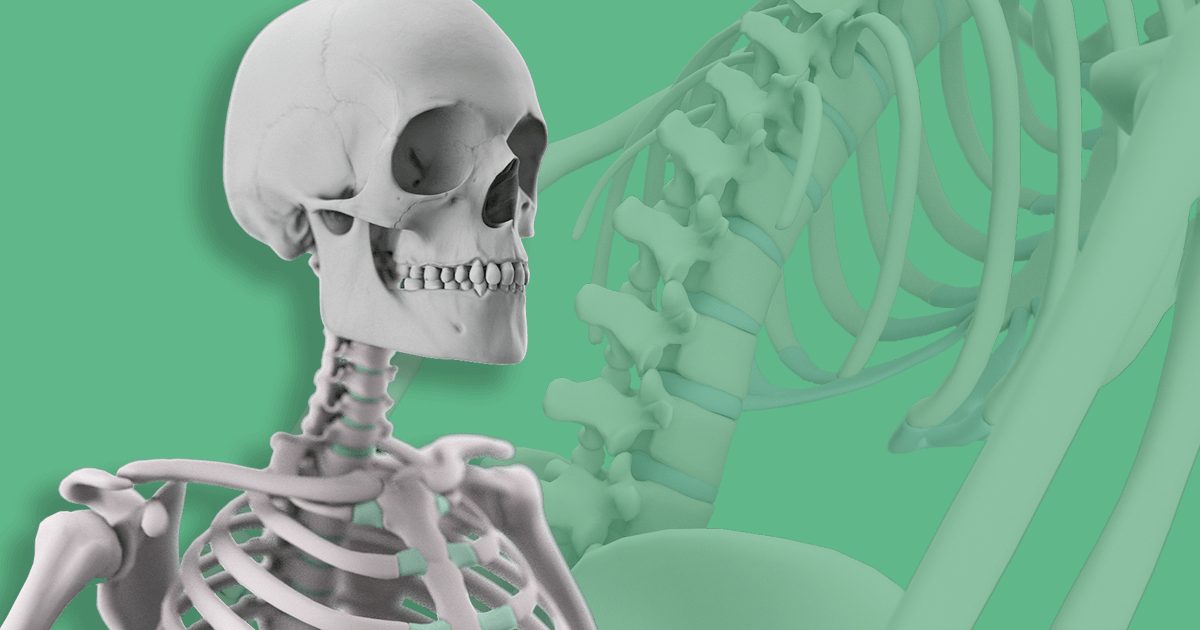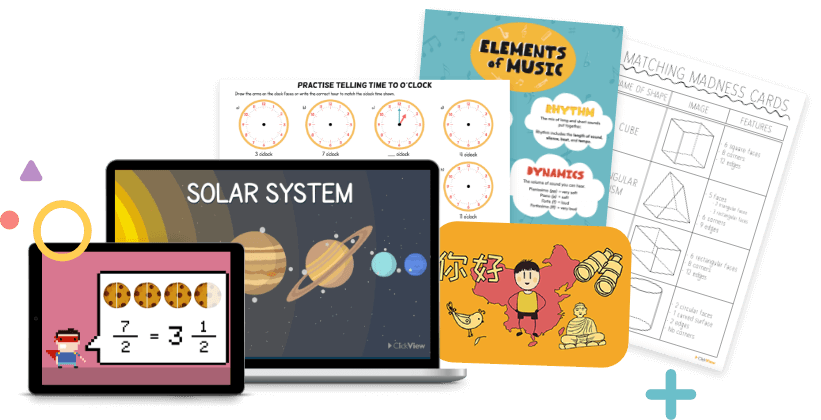8 Reasons why you may reconsider using YouTube videos in class
8 things to consider before using free video platforms in class
Deciding to use a video in class to introduce a new concept or deepen engagement with a topic is a no-brainer. Knowing where to find the perfect video isn’t quite as easy. While your first stop might be a free public video platform like YouTube or a similar social media platform, there are risks that outweigh the convenience and free access they offer.
If your school hasn’t blocked the use of free platforms like YouTube, we’ve outlined several reasons why you may need to seek a better alternative to educational video resources.
1. Free platforms like YouTube interrupt class with inappropriate ads
Free platforms like YouTube rely on advertisers to provide the revenue they need to run, maintain, and grow the platform which are problematic in education settings for two main reasons:
- Pre and mid-roll ads are now added to every YouTube video over eight minutes in length, and you can end up seeing up to six ads during a 30-minute clip. This means that these ads pop up when you least want them to – like in the middle of a serious lesson about climate change. The interruption takes the focus away from the topic at hand. The interruption plus the teacher’s time settling and rediverting them back to the topic at hand bites into valuable learning times. If students are viewing clips from free platforms, the ads buy into valuable homework time and more importantly, precious attention span bandwidths.
- Secondly, free video platforms use algorithms that can’t necessarily be trusted to serve appropriate ads. Thus it’s possible that ads for completely inappropriate adult products and services can pop up at any moment. More so, if children are using a video for homework unsupervised, inappropriate ads can play in full and maybe inadvertently clicked on. Even a particularly appropriate ad, like one for cordial might entice the class to discuss their favourite and even though a debate between coola lime versus apple raspberry might seem harmless, it’s ultimately disruptive.
An issue that is more problematic for using YouTube for homework is the insidious way that some content creators are advertising using sponsored content. YouTube sensation Ryan ToysReview was accused of tricking children into watching ads by not disclosing that particular content segments were actually paid-for advertising. This illegal activity led to a complaint being filed with the Federal Trade Commission by a consumer watchdog.
The good news. ClickView doesn’t show adverts, never have, never will. Even recorded programs from free to air television are ad-free. Ultimately, it saves valuable class time, protects children from inappropriate ads and ensures students can absorb the information in videos in their entirety without distraction.
Being ad-free is one of ClickView’s most popular features – some of the most common words used in a recent user survey were “safe” and “no ads”. Furthermore, a teacher surveyed claimed: “It is as easy and convenient as YouTube, but without all of the dreary advertisements and recommendations.”
2. YouTube videos aren’t always completely educationally relevant
Titles can be misleading, and despite a sophisticated search engine, free video platforms like YouTube often don’t return results that are 100 percent relevant to the topic you are teaching. There might be a few seconds (or minutes if you’re lucky), of highly specific content which you then need to tee up to the correct time and stop quickly. However, it’s difficult to find content that is totally aligned to the curriculum and explores topics with sufficient depth and accuracy – and that means more planning time spent filling in the gaps.
Content also isn’t categorised according to year level, topic or curriculum links on free platforms, so it can be hard to tell how relevant a video is without watching it in its entirety. Nearly 80% of teachers believe they would benefit from having access to a website dedicated to educational videos and news clip archives, organized by the curriculum (UCL, Boclips, Educate, 2017).

It’s a big job, but our curriculum specialists and curators vet every single video that is available on ClickView, and helpfully categorise it by year level, subject and sub-topic and provide links to the curriculum.
Furthermore, we’ve got our own production team who create videos that meet your exact curriculum needs.
3. Browsing is unsafe and can lead to dangerous content
Unless students are using free public video platforms like YouTube for homework under strict parental supervision, there is potential for them to come across dangerous content.
These platforms continuously serve up recommendations and new content – some relevant, some not – to keep you watching. This can lead students to inadvertently click from an innocent clip about butterflies onto something far more sinister that could cause psychological harm. Furthermore, it appears that sinister content creators are manipulating videos that initially appear innocent, using cartoons of known characters, which turn dark very quickly. This is leading to a rise in mental health issues and psychologist visits.
The capture of personal data while watching YouTube has also been shown to be in violation of privacy and safety regulations. While YouTube has said its platform is for children 13 years and older, it has faced legal action for unlawfully collecting and using device data about children without their parent’s consent.
ClickView doesn’t sell data to third parties nor does it use algorithms or product features (like auto-playing a video once another has ended) to increase viewing times. As students can only browse age-appropriate content that’s been carefully curated and vetted, there’s no chance they’ll stumble on anything dangerous or inappropriate nor will they spend hours glued to their screen. This is a huge relief for teachers and parents alike.
Further to this, it’s found that teachers spend ample amounts of their precious time scrolling through free video sites, like YouTube. It was reported that over 60% of teachers report feeling frustrated when searching for new educational videos as they commonly spend more time than they have and don’t always find what they need” (UCL, Boclips, Educate, 2017).
4. Free platforms like YouTube can be a huge distraction when studying
It’s not uncommon for teachers to set homework that requires students to watch a video or research a topic – particularly if they are being used as part of a flipped or blended classroom intervention.
The risk of directing young people to a free platform like YouTube for these tasks is that they can quickly become distracted searching for and watching something completely unrelated, taking them away from the task at hand.
Dangerous content aside, even if they know exactly what they are looking for and are using a child-friendly version like YouTube Kids, it’s easy for them to go down a rabbit hole and waste hours that they should be spending completing the homework you’ve set for them.
With private, paid platforms like ClickView, you can be sure that the child’s best educational interests are at heart.
5. Social media and public video platforms like YouTube can be addictive
In addition to being a distraction from getting real work done, extended use of YouTube – even when required for homework – can lead to a dangerous addiction.
Addictions form when a behaviour or substance provides the brain with a hit of dopamine. This feels good so the brain seeks to get another hit, and then another and another. This happens with YouTube and other social media channels and internet pages because they continually recommend new content that you may be interested in.
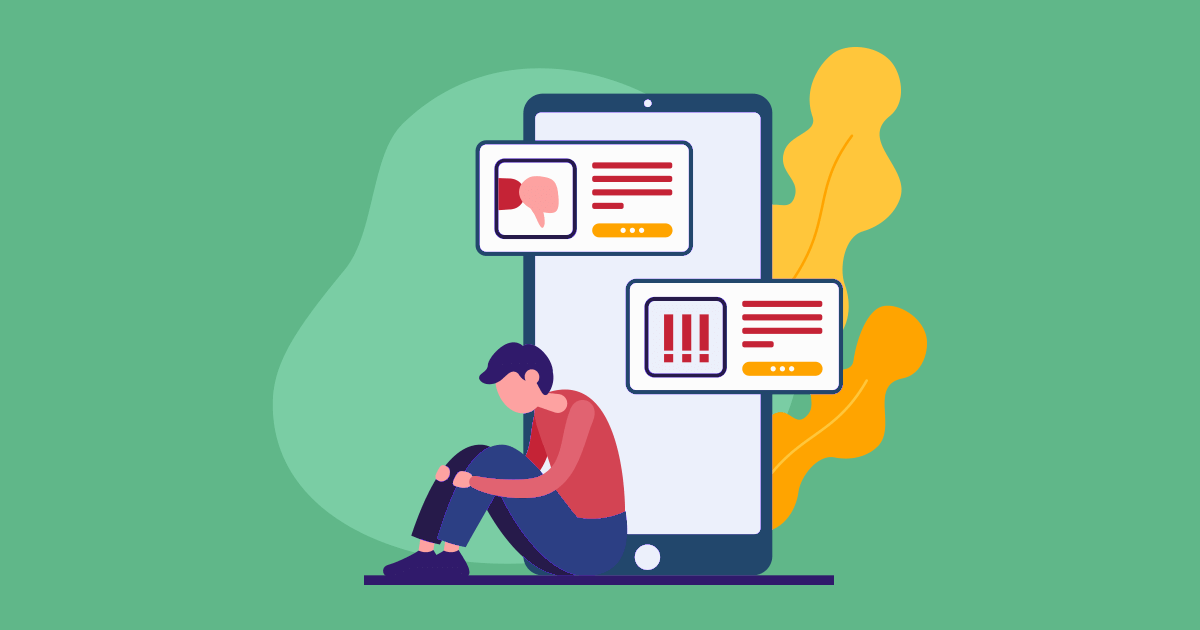
While not a recognised medical condition,YouTube addiction and it’s close relation – internet addiction – are behavioural addictions identified by: the compulsive need to watch YouTube videos, even if it causes negative behaviour or consequences at work or home; feeling like you can’t cut back on watching even if you want to; feeling symptoms of withdrawal such of irritability, anger or depression if you can’t access YouTube; or neglecting important tasks or responsibilities at work or home.
Addiction to YouTube or the internet more generally can result in isolation, mood swings, increased anxiety, an inability to keep schedules or complete tasks, loneliness, task avoidance and more. There has been at least one instance of YouTube addiction playing a role in the deterioration of a teen’s mental health.
While it’s not possible to stop students from developing social media or YouTube addictions, teachers can help by avoiding setting homework that requires research on YouTube and social media and pre-selecting videos on a private platform like ClickView for students to access via their LMS portal.
6. The quality and credibility of YouTube’s educational videos are usually low
Much of what you see on free public video platforms is user-generated content and isn’t checked for accuracy or quality. Even those videos that appear to have been created by professional production companies are hard to verify for credibility, accuracy, and quality.
The impact of low-quality media extends well beyond giving out inaccurate information – it can affect language and cognitive development. Pediatric cognitive experts like Dr Brandon Smith from John Hopkins Children’s Centre in the US believe that watching large amounts of low-quality media may contribute to poorer language development.
High-quality videos make students sit up and pay attention, engage them with the subject, expose them to a new and extended vocabulary, and provide accurate information. ClickView has strict quality controls and only offers videos from reputable publishers like the BBC, ABC and reputable educational production companies. If we can’t find something suitable that meets our high standards, we’ve got our own studios and production teams to create something ourselves. Our videos are also carefully mapped to state curriculums, so you can be sure that each video has an educational outcome.
7. Comments on uploaded content, may lead to cyberbullying
Allowing students to video their performances at school or asking students to create their own videos is a great way to help students apply their knowledge of a topic and extend their creativity. However, uploading these to public platforms like YouTube can sadly encourage trolls and cyberbullying. Negative comments placed in the comments section of videos have been shown to lead to anxiety, depression, low self-esteem, addiction and body image issues, while positive comments, likes and subscribes can lead to a dependence on positive feedback for self-worth.
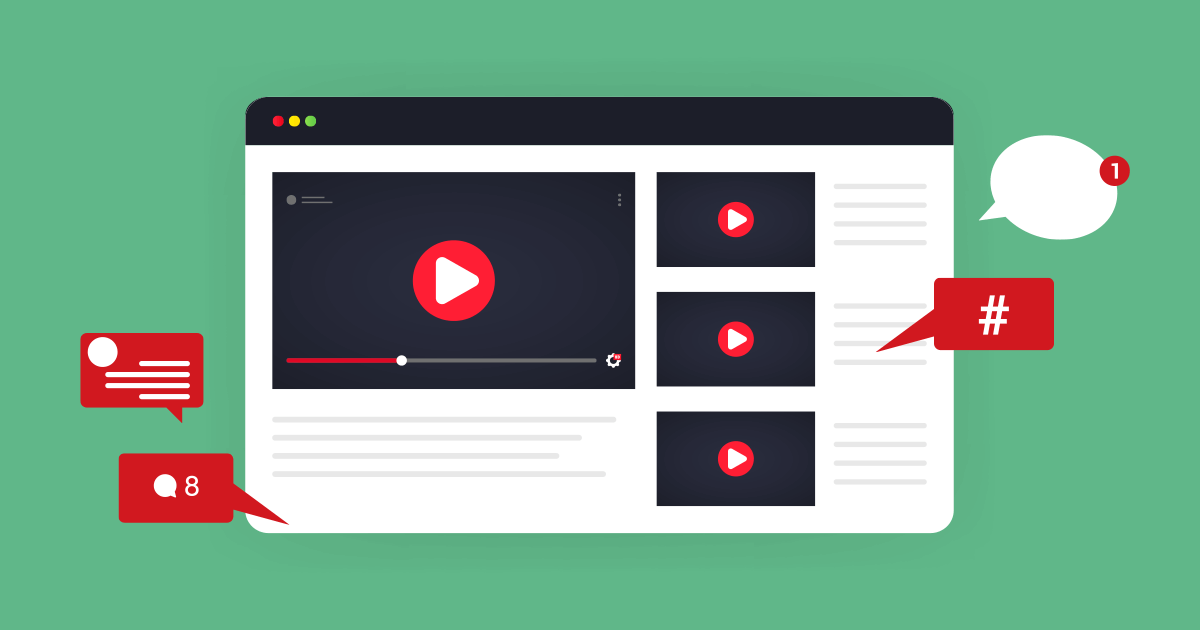
Reading negative comments can also lead to a dangerous addiction. Just as constantly scrolling through social media or playing games gives you a hit of dopamine to keep you addicted, reading the negative comments section in YouTube keeps you hooked, but with more dire consequences as described above.
YouTube and some social media platforms do allow you to turn-off commenting – something teachers should always ask students to do. However, a safer option is using a private, password-protected platform to upload student-made films that don’t allow commenting. ClickView is perfect for this as it allows schools to curate libraries of student-created content in a safe and secure place.
8. Links to educational videos on free video sites aren’t necessarily permanent
Found some great content on a free video platform and want to use it again next year? You might be out of luck.
As these platforms are populated with user-generated content, whoever uploaded the video can take it down or delete their account whenever they wish, meaning any links you’ve saved will be deleted in the process. You’ll then have to spend valuable time searching for another similar video and re-embedding links into your documents – if in fact one exists at all.
Paid for platforms like ClickView rarely remove videos or move them to a new URL without offering you prior notice. Assuming you maintain your membership, this means links you’ve embedded in your lesson plans, homework sheets and LMS will remain active for years to come.
Safe educational video resources are just a click away
Free, public video platforms like YouTube or other social media platforms may be a cheap alternative, however the risks they pose to students’ safety and learning just aren’t worth it.
If you’d like to try a safer platform with highly relevant, quality content, take a free trial of ClickView today.
